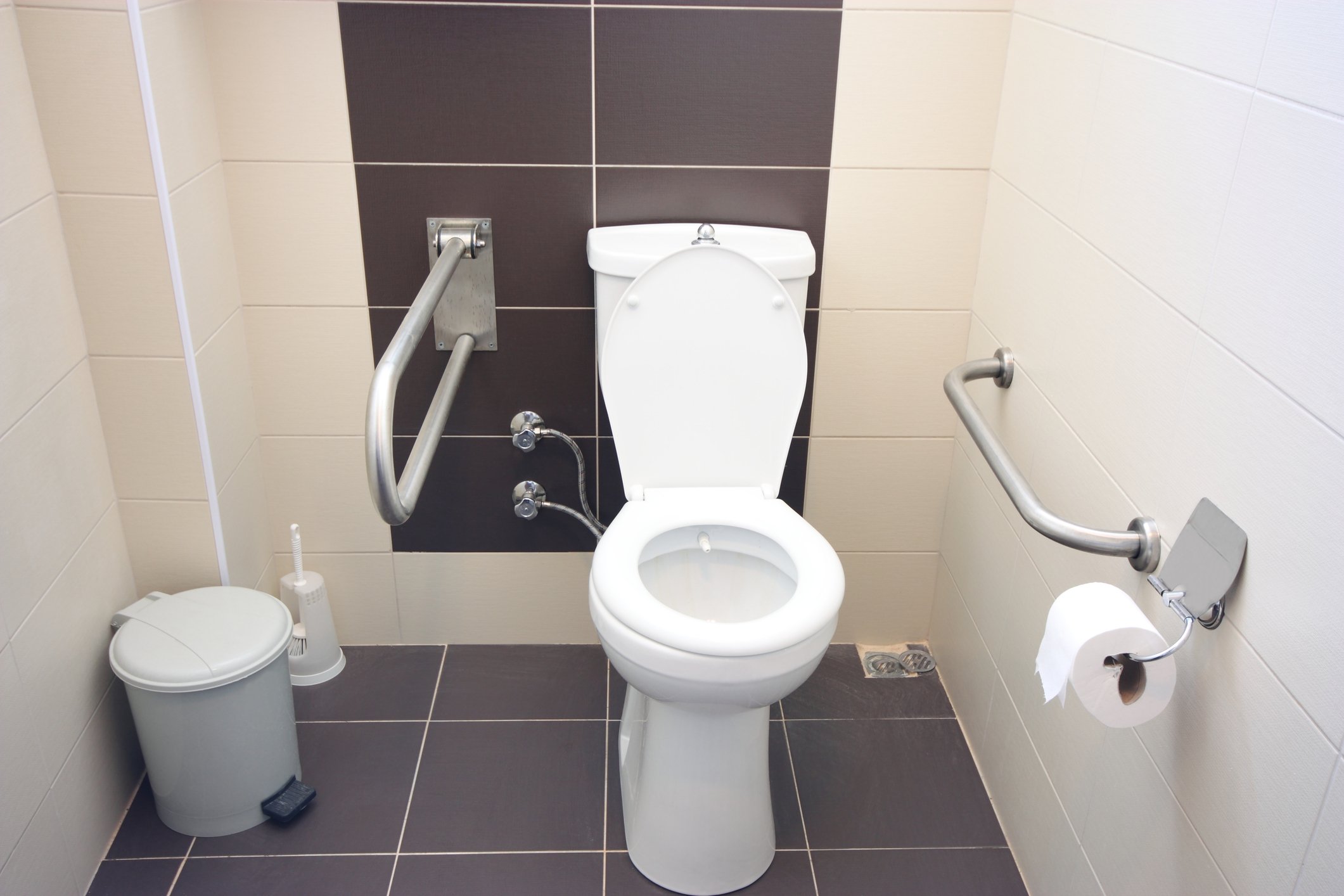Plumbing Tips for Aging-in-Place Bathrooms
As people plan to stay in their homes longer, creating an aging-in-place bathroom becomes an important consideration. Bathrooms are one of the most critical areas to modify for safety, comfort, and accessibility as mobility and physical needs change with age. Here are some essential plumbing tips to help make an aging-in-place bathroom both functional and safe.
Install Grab Bars for Support
Grab bars provide stability and support, reducing the risk of slips and falls in the bathroom.
Where to place them:
Near the toilet for ease of sitting and standing.
Inside and outside the shower or bathtub.
Alongside any steps or ledges.
Tip: Choose grab bars with slip-resistant surfaces and ensure they’re securely anchored into wall studs.
Opt for a Comfort-Height Toilet
Standard toilets can be difficult for older adults to use, particularly those with joint pain or mobility challenges.
Solution: Install a comfort-height toilet, which is about 17 to 19 inches tall, mimicking the height of a standard chair.
Alternative: Add a raised toilet seat with armrests if replacing the toilet isn’t feasible.
Install a Walk-In Shower or Tub
Stepping over the side of a bathtub can be a significant hazard.
Walk-in showers:
Include a low or no-threshold entry for easy access.
Install a built-in shower bench for comfort and stability.
Use a handheld showerhead with a long hose for flexibility.
Walk-in tubs: These feature doors that allow users to enter without climbing over a high edge.
Add Lever-Style Faucets
Traditional twist knobs can be hard to use for individuals with arthritis or limited hand strength.
Recommendation: Replace twist knobs with lever-style faucets, which require minimal effort to operate.
Touchless faucets: Consider these for added convenience and hygiene.
Improve Lighting and Visibility
Proper lighting helps reduce the risk of accidents and improves overall accessibility.
Plumbing considerations:
Use illuminated faucet handles or backlit mirrors to improve visibility.
Opt for anti-fog mirrors to ensure clarity even after a hot shower.
General tips: Install motion-sensor lights or ensure switches are within easy reach.
Install Non-Slip Flooring and Mats
Slippery bathroom floors are a common cause of falls.
Flooring options: Choose slip-resistant materials like textured tiles or vinyl flooring.
Plumbing-related tips: Ensure any plumbing modifications do not create leaks or water pooling, which can increase slip risks.
Consider Motion-Activated or Smart Fixtures
Smart plumbing fixtures can add convenience and safety for aging individuals.
Examples:
Motion-activated faucets reduce the need for manual operation.
Smart toilets with automatic flushing and bidet functions improve hygiene.
Leak detection systems can alert you to water issues before they become major problems.
Ensure Proper Ventilation
Good ventilation reduces moisture buildup, which can lead to mold growth and slippery surfaces.
Conclusion
Designing an aging-in-place bathroom with thoughtful plumbing updates ensures safety, comfort, and independence for seniors. By incorporating these tips, you can create a space that meets the evolving needs of aging family members while maintaining a functional and stylish design.

